Cheyenne, WY

16.3% of the population with less than a high school degree, However, income per capita is above the national average, and the unemployment and poverty rates are both significantly lower than the national average.
Cheyenne’s crime rates are also 67% higher than the national average.
Burlington, VT

Burlington has a high school graduation rate of 76%, which is lower than the state graduation rate of 83%.
About 9.7% of high school graduates still find themselves in poverty, compared to 30.4% of non-graduates.
Anchorage, AK

91.5 of the population has completed high school and 34.3% of residents has a bachelor’s degree or higher.
In direct correlation with education level, this city’s poverty level is only at 8.1% and the unemployment rate is just 4.2%, which means both are lower than the national average.
Bismarck, ND

93.8% of this city’s population has completed high school and 34.5% of the population has gone on to graduate with at least a bachelor’s degree. The income per capita here is higher than the national average at $35,145 and the median household income is also higher at $60,320.
The unemployment rate is just an astounding 1.4% low and the poverty level in Bismarck is lower than the national average as well, at just 8.7%.
Rapid City, SD

In Rapid City, 84.3% of the population have graduated from high school and approximately 30.5% of the population have also gone on to graduate with at least a bachelor’s degree.
The unemployment rate is lower than the national average at 3.4% but the poverty level is higher at 16.4%.
Wilmington, DE

81% of Wilmington’s population have graduated from high school. The unemployment rate is 6.4% which is higher than the 4.7% national average.
The poverty level is also 73% higher than the national average at 26.1%.
Pawtucket, RI

85.1% of Pawtucket’s population has a high school diploma and about 19% of the population holds a bachelor’s degree or higher.
The median income per capita in Pawtucket is 22% lower than the national average and the unemployment rate is 69% higher, as well.
Billings, MT
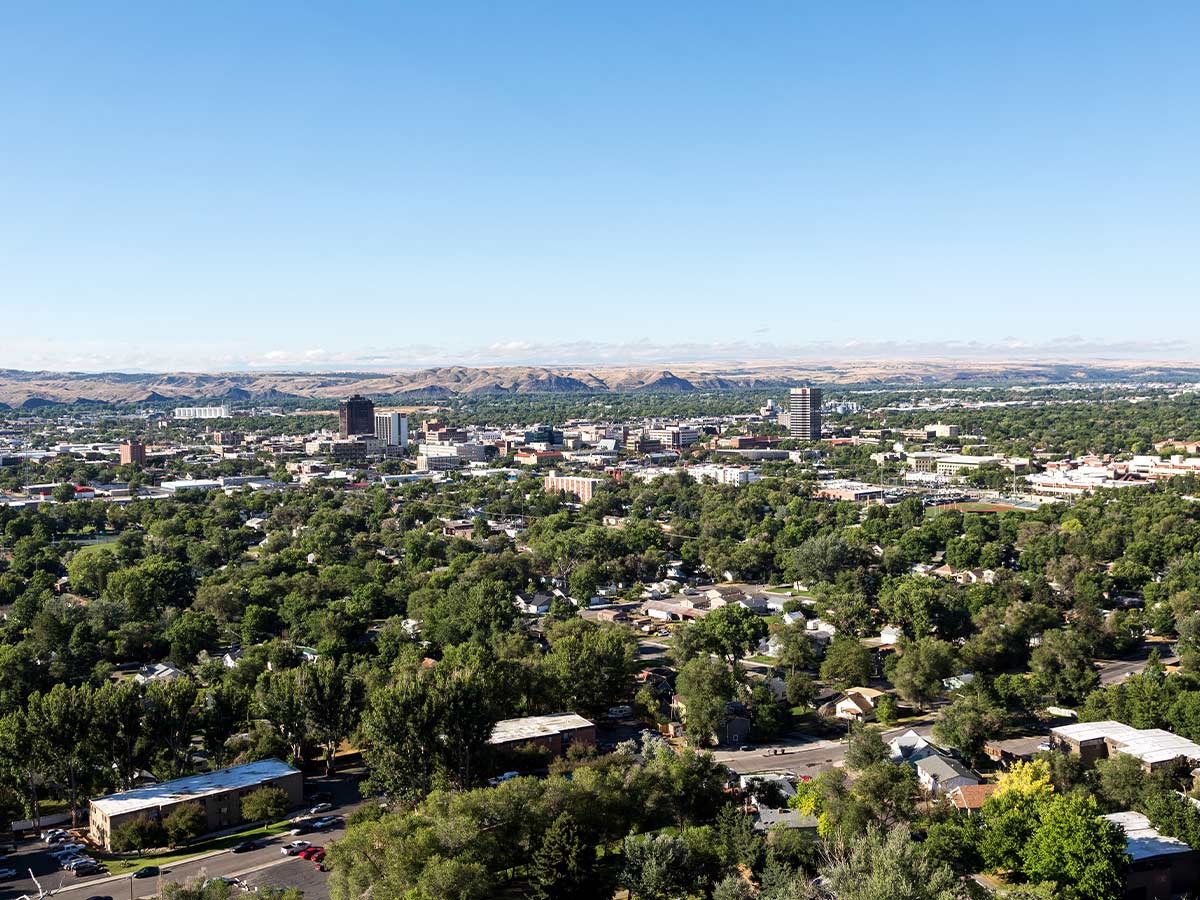
18.1% of Billings’ population never graduated from high school.
However, the income per capita is right on par with the national average at $29,920 and the unemployment rate is only 2.4%, which is 48% lower than the national average.
Portland, ME

94.9% of Portland’s population has graduated with a high school degree, and 46.9% of the population has a bachelor’s degree or higher. As a result, the income per capita is higher than the national average and unemployment is at just 4%.
However, the poverty rate in Portland is higher than the national average at 19.2%.
Manchester, NH

86.6% of Manchester’s population holds a high school diploma, and 28% of people have a bachelor’s degree or higher.
Although both the income per capita and the median household income are lower than the national average, both the unemployment rate and the poverty level are lower than the national average as well.
Honolulu, HI

88.2% of Honolulu’s population has graduated from high school and approximately 36% have gone on to get a bachelor’s degree or higher. As a result, both the income per capita and the average income per household are both above the national average at $32,601 and $63,361, respectively.
In addition, both the poverty rate and the unemployment rate in Honolulu are below the national average.
Nampa, ID

82.8% of the population of Nampa has graduated from high school and only 18.7% of people have gone on to get their bachelor’s or higher. The median income per capita is $16,990—that’s 43% lower than the national average.
As a result, the poverty level in Nampa is at 48% higher than the national rate at 15.1%.
Charleston, WV

In Charleston, just 86% of the population has graduated from high school but 38.7% of people have a bachelor’s degree or higher. The income per capita is higher than the national average at $34,182 and the unemployment rate is lower at 4.1%.
However, the poverty level in Charleston is higher than the average at 20%.
Omaha, NE
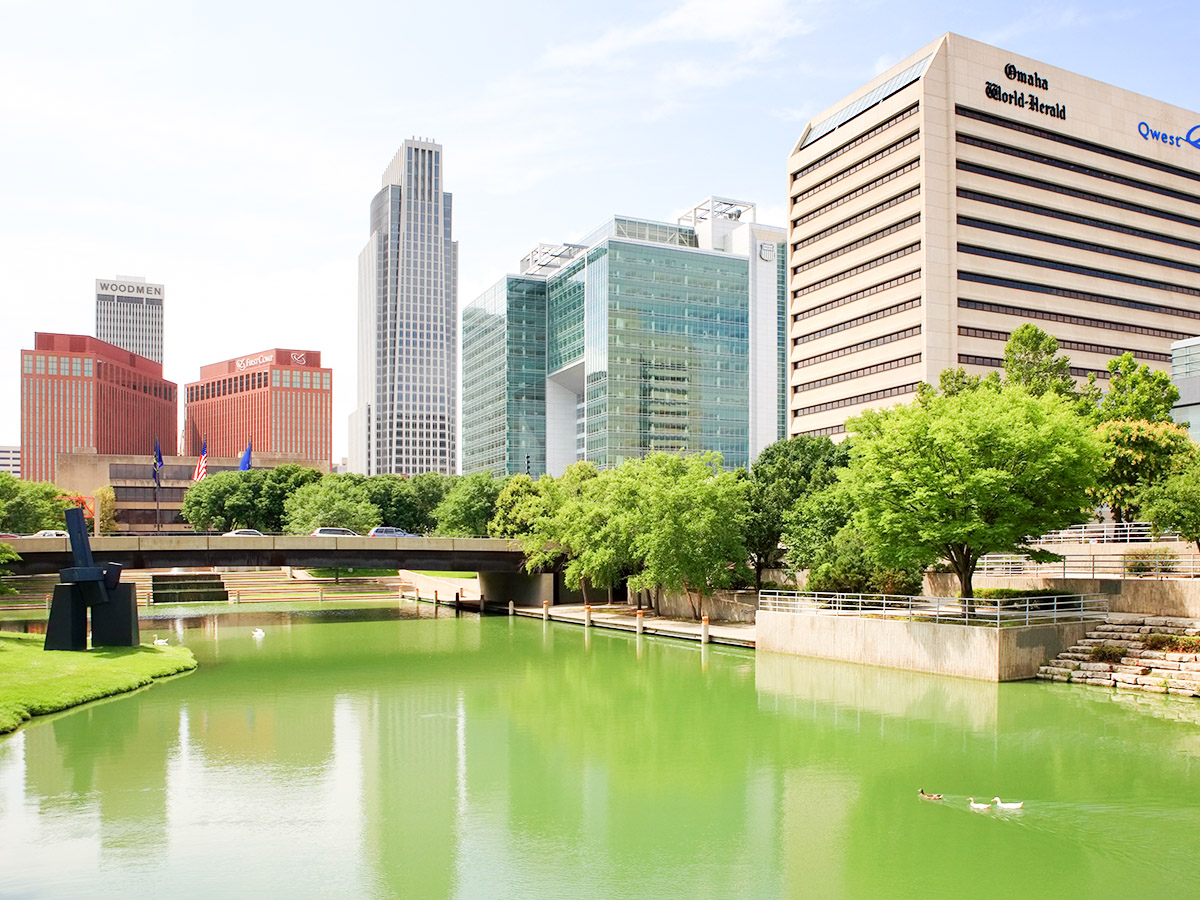
87.6% of this population has graduated from high school and 34.7% has gone on to graduate with a bachelor’s degree or higher.
Although the income per capita is $28,545 and the median household income is $50,827—both below the national average—the unemployment rate is below the national rate as well at 3.8%.
Albuquerque, NM
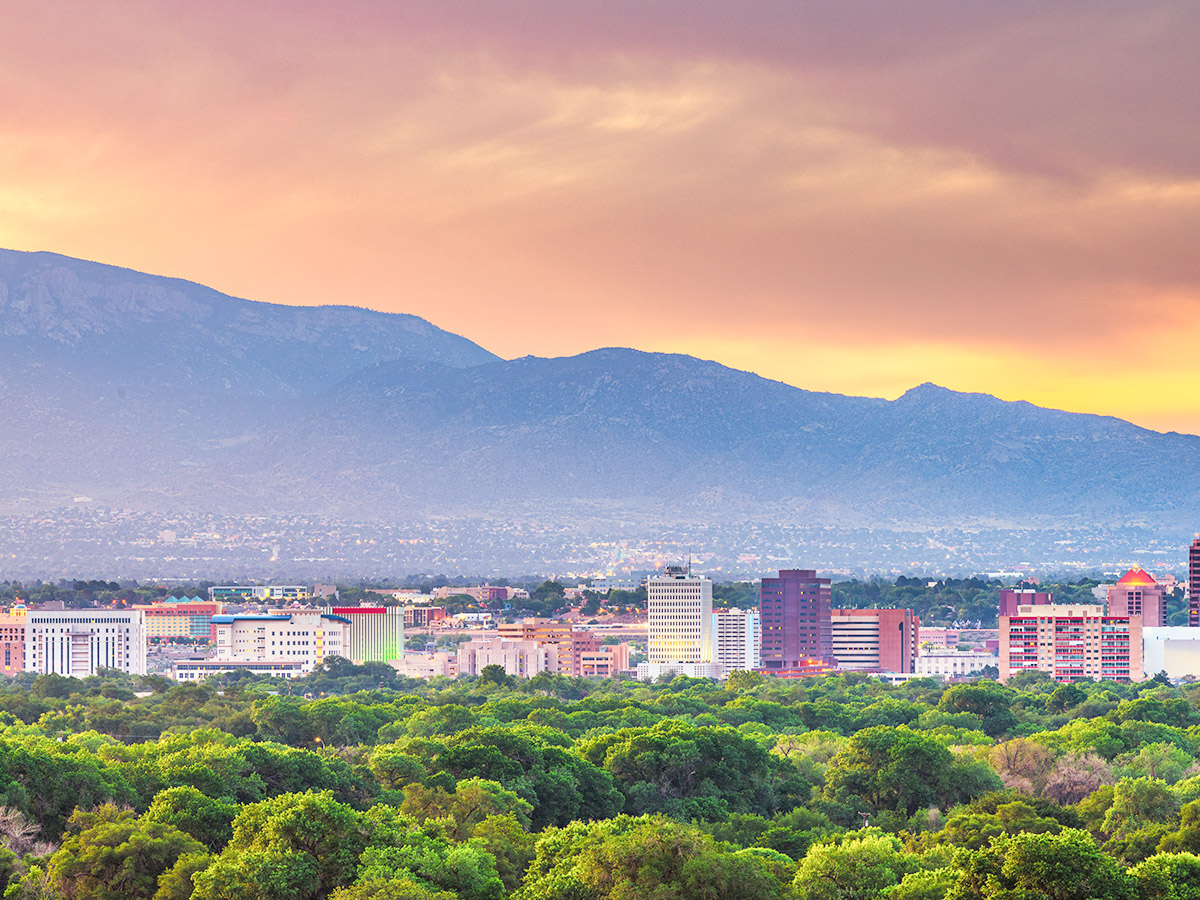
Approximately 85% of Albuquerque's residents have graduated from high school, and approximately 33% of the population has gone on to attain a bachelor's degree. The income per capita is about $27,317, which is just slightly below the national average.
Still—the poverty level is higher here than the national average at 18.9%.
Kansas City, KS
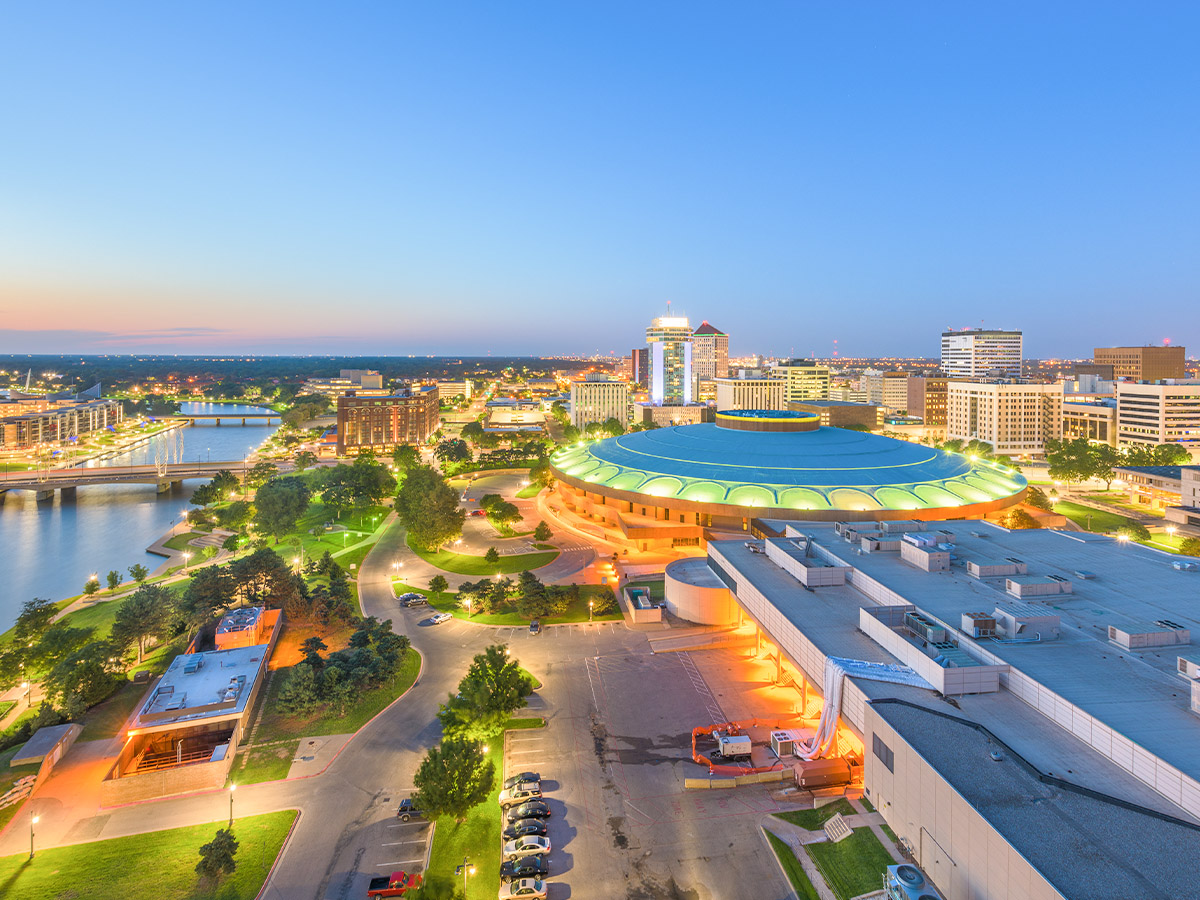
82% of Kansas City's residents have graduated from high school and only about 16% of the population has gone on to complete a bachelor's program. The income per capita in KC is $18,930—37% lower than the national average.
The poverty level and unemployment rates are also high here at 23.7% and 6.1%, respectively.
Gulfport, MS
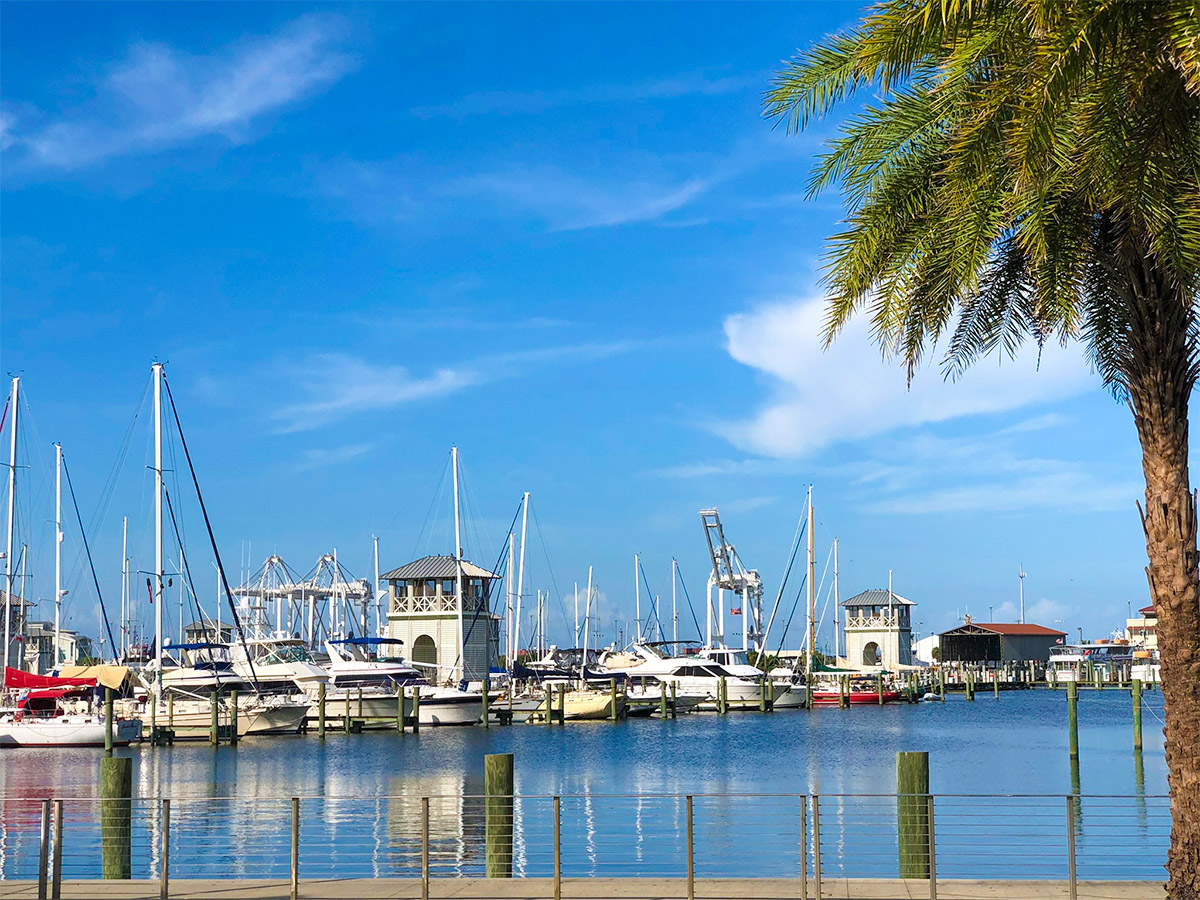
Although Gulfport has the lowest graduation rate in Mississippi, they are right on par with the national average at 88.3%. 21.6% of people who live there went on to graduate with a bachelor's degree. The income per capita here is $21,443, which is 28% lower than the national average.
Because of this, the poverty level is high at 25.5% and unemployment is higher than the national rate at 6.8%.
Springdale, AR

In Springdale, 81% of the population has graduated with a high school degree and 20% have gone on to graduate with a bachelor's degree. The income per capita in this sleepy little town is $20,258, which is 32% lower than the national average.
While the poverty level is high at 20.6%, the unemployment rate is lower than the national average at 3.8%.
Las Vegas, NV

Only 78% of the population in Vegas has graduated from high school and only 22% of the population has a bachelor's degree or higher.
The income per capita is lower than the national average, at $26,388 and the poverty rate is higher at 16.8%
Waterloo, IA

79.6% of Waterloo's population has graduated from high school. The income per capita is $24,170 versus the national rate of $29,829.
The poverty level in this city is quite high at 16.8%.
West Valley City, UT

Just 75.8% of West Valley City's population has graduated from high school and just 13% have a bachelor's degree. The income per capita here is just $18,937.
Although the poverty rate here is slightly higher than the national average at 16.3%, the unemployment rate is only 5% higher than the national rate at 4.9%.
Norwalk, CT

Although just 76.3% of this city's population has a high school degree, 41.6% went on to graduate with a bachelor's degree or higher.
Therefore, the income per capita is well above the national average at $45,387 and the poverty level is one of the lowest in the country at just 8.5%.
Broken Arrow, OK

19.9% of this population never graduated from high school, but of those who did, 32.7% went on to graduate with a bachelor's degree. The income per capita in Broken Arrow is $30,508, which is higher than the national average.
In addition, both the unemployment rate and the poverty level are below the national average at 3.8% and 8%, respectively.
Medford, OR

In Medford, approximately 20.1% of residents never graduated from high school and only 24.7% of the population has a bachelor's degree or higher. As a result, the income per capita in this city is just $24,032 and the poverty level is moderately high at 21.4%.
Surprisingly, the unemployment rate in Medford is lower than the national average at 4.6%.
Louisville, KY

85.6% of Louisville's population has graduated from high school and 28.3% of people have graduated with at least a bachelor's degree. The income per capita is 7% lower than the national average at $27,726.
Both the unemployment rate and the poverty level are slightly higher than the national average at 5.1% and 17.7%, respectively.
Shreveport, LA
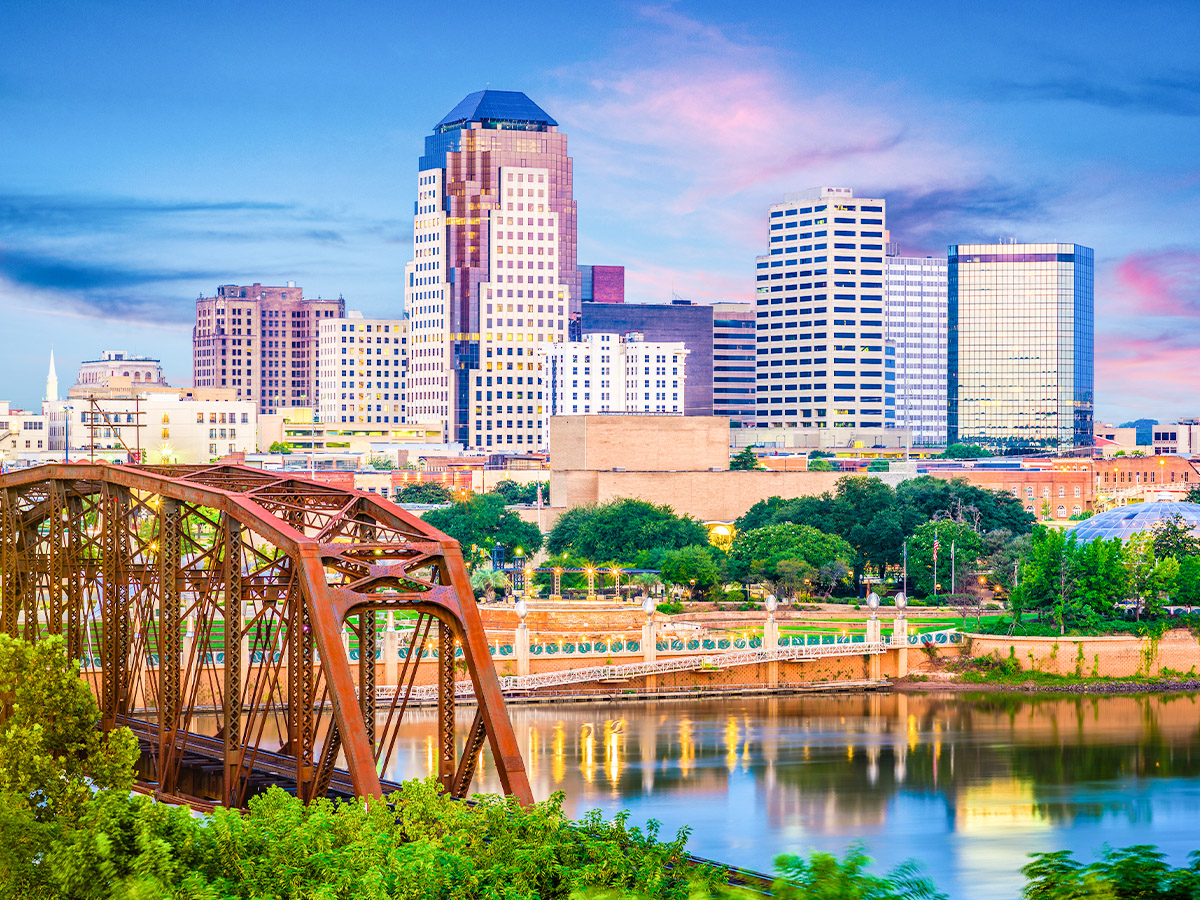
Just 83.2% of Shreveport has a high school degree, and 25.4% of people there also have a bachelor's degree or higher. The income per capita in this city is just $24,435, leaving a poverty level of 24.7%.
The unemployment rate, however, is lower than the national average at 4.3%.
Montgomery, AL

In Montgomery, at least 16% of the residents there chose not to pursue a high school degree. However, 31.2% of residents do hold at least a bachelor's degree.
The income per capita in Montgomery is approximately $25,488 and the poverty level is high at 22.6%. The unemployment rate is slightly higher than the national average at 5.4%.
North Charleston, SC

Just 74.4% of North Charleston's population has graduated from high school and just 21.2% have a bachelor's degree or higher. The income per capita in this city is roughly $21,176 and the poverty level is at 22.7%—that's 50% hgher than the national average!
The unemployment rate is only slightly higher than the national rate at 5.8%.
Lakeville, MN

24.5% of Lakeville's population never graduated from high school, however, 48.3% of residents have gone on to get their bachelor's degree. The income per capita in Lakeville is $39,804—which is 33% higher than the national average!
The median household income here is also $98,864, which is 79% higher than the national average!
Thornton, CO

78.1% of the population in Thornton has graduated from high school and 26.9% of the population has a bachelor's degree.
The income per capita is $28,497, the unemployment rate is 3.3%, and the poverty level is at just 8.2%.
Racine, WI

In Racine, just 75% of the population has graduated from high school, and just 17.5% has a bachelor's degree or higher. Here, the income per capita is just $20,793 and the poverty rate is high at 21.9%.
The unemployment rate in Racine is 49% higher than the national average at 7%.
Frederick, MD

In Frederick, 83.5% of the population has a high school degree and 38.2% have a bachelor's degree.
However, despite the low number of high school graduates, the typical income per capita in Frederick is $33,005, the unemployment rate is only 4% and the poverty level is lower than the national average at 11.7%—13% lower than the national poverty level.
St. Joseph, MO

Just 84% of all residents in St. Joseph has graduated from high school and only 3.5% of the population has a bachelor's degree or higher.
Because of this, the income per capita here is $18,044, the unemployment rate is at 6.4%, and the poverty level is at 21.8%
Gary, IN

25% of the population of Gary, Indiana never graduated from high school and just 12.7% of the people in Gary have a bachelor's degree or higher.
Due to the lack of education here, the income per capita is just $16,907 and the median household income is just $28,895, which is not only lower than the national average median household income, but it's also lower than the national average income per capita.
Franklin, TN

30% of the residents who live in Franklin, Tennessee do not have a high school degree, however, 59.3% of people in Franklin have completed a bachelor's program or higher—that is a 95% difference from the national average.
As a direct result of the education level of Franklin's residents, the average income per capita is $43,087—that's 44% higher than the national average.
Lynn, MA

In Lynn, Massachusetts, just 65% of the population has a high school education, and only 19.6% have a bachelor's degree or higher. The average income per capita in this city is 17% below the national average at $24,831.
Due to the low education and income rates, the city has 5.3% unemployment rate and a 20% poverty level.
Buckeye, AZ

In Buckeye, just 79.1% of residents has graduated from high school and only 16.5% have gone on to complete a bachelor's program or higher.
Therefore, the average income per capita is just 20,446, however, both the unemployment rate and the poverty level are below the national average at 3.3% and 12.4%, respectively.
Yakima, WA

Just 57.9% of the residents of Yakima, Washington have completed their high school requirements and just 17.6% of the residents have completed a bachelor's degree.
Therefore, the income per capita is just at 20,788, the poverty rate is high at 22.9%, and the unemployment rate is 32% higher than the national average at 6.2%.
Alexandria, VA
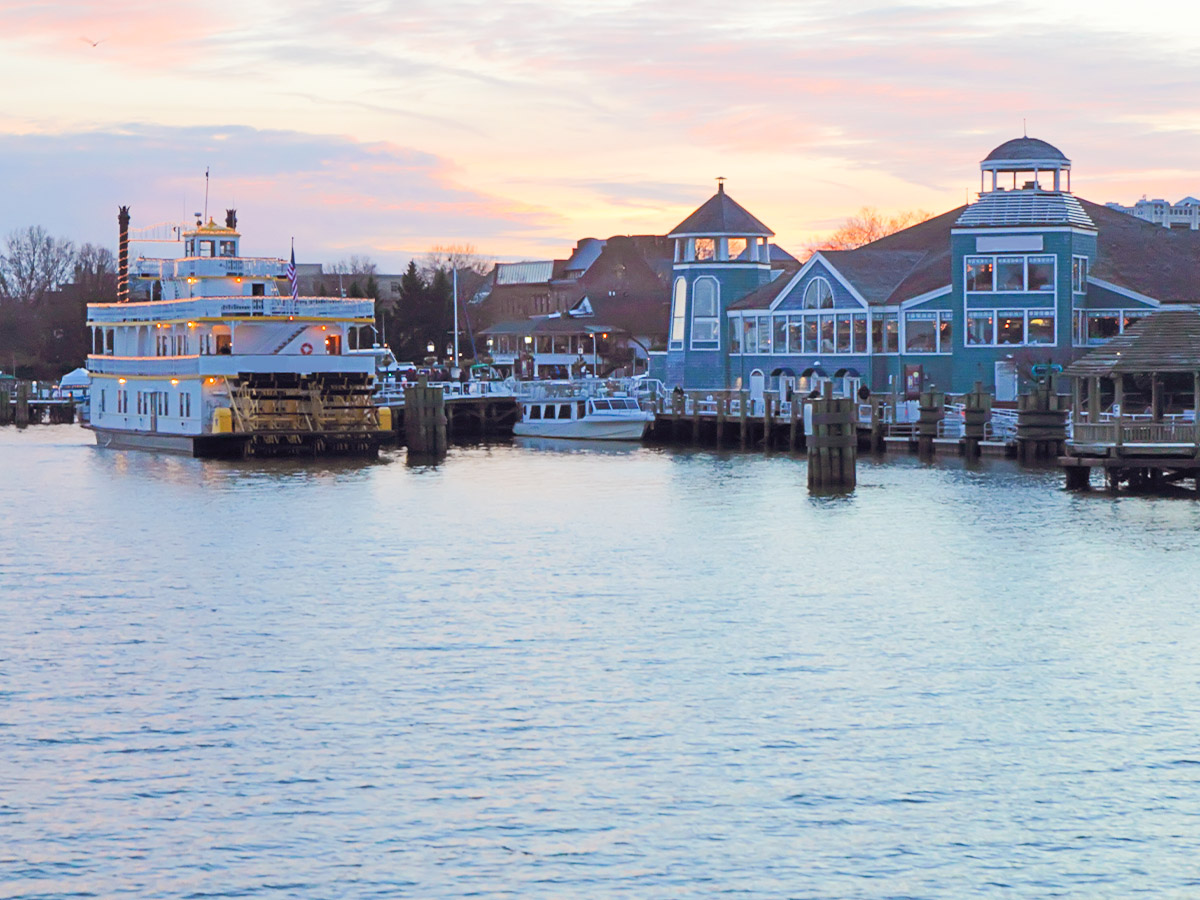
In Alexandria, 22.3% of the population holds less than a high school degree. However, 62.1% of people there have their bachelor's degree.
Therefore the average income per capita is $55,534—That's more than the national average household income! The unemployment rate and the poverty level are both below the national average at 3.1% and 9.8%, respectively.
Trenton, NJ

With the national average high school graduation rate currently standing at 88%, Trenton falls way behind graduating just 78.8% of its residents. In addition, only 11.9% of people in Trenton have a bachelor's degree or higher.
As a direct result, the income per capita is only $17,130, the unemployment rate is up 106% higher than the national average and the poverty level is the highest yet, at 27.6%.
Flint, MI
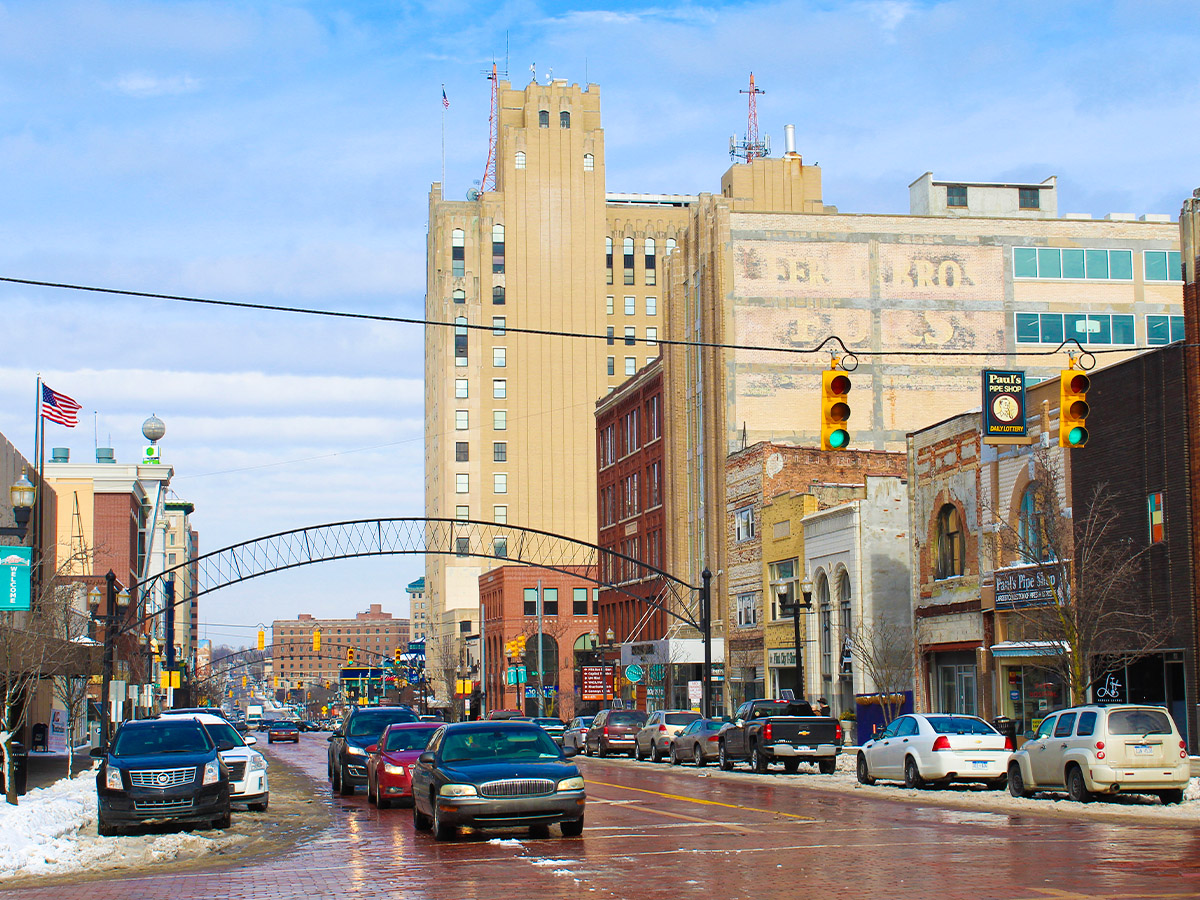
In Flint, 75.3% of all residents holds a high school diploma, and 11.2% have gone on to complete a bachelor's program. As a direct result, the income per capita in Flint is just $14,923, leaving the poverty beating Trenton, New Jersey's high at 41.9%.
The unemployment rate is the highest on this list yet, art 12.1%.
Concord, NC

A mere 68.1% of all residents in Concord have a high school degree, however 32.9% of people in Concord holds a bachelor's degree or higher. The income per capita here is closer to the national average at $28,089.
Although the unemployment rate is a bit higher than the national average at 5.6%, the poverty level is lower at 12.8%.
Roswell, GA

26.8% of Roswell did not finish high school. However, 56% of the people in Roswell went on to college and graduated with a bachelor's degree or higher.
Thanks to such a high concentration of college graduates, the income per household in Roswell is $43,953, the unemployment rate is low at 3.2%, and poverty level is also low at 8.9%.
Cleveland, OH
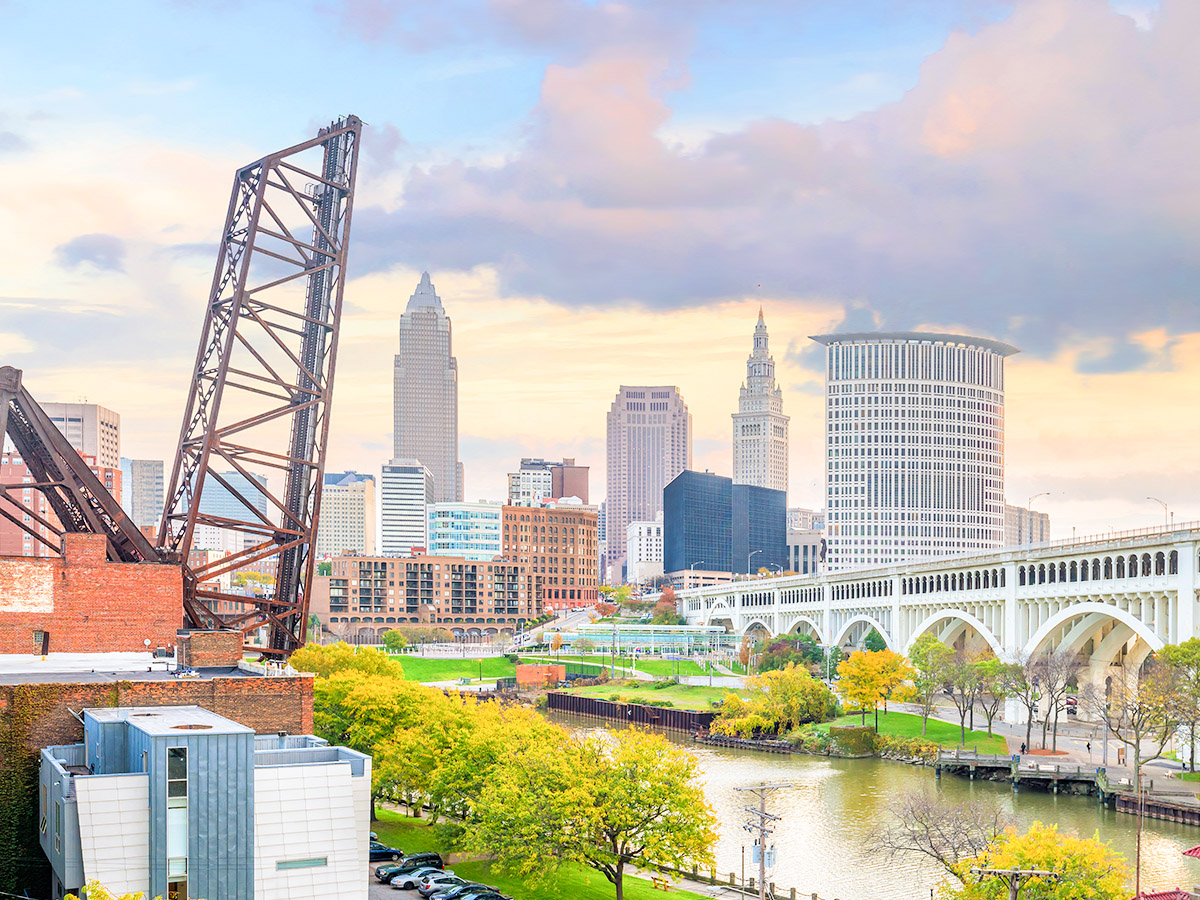
In Cleveland, just 80.4% of the population holds a high school degree and only 16.1% of the population has a bachelor's degree or higher.
This puts the income per capita around $18,000, the unemployment rate at 10%, and the poverty rate at 36%—138% higher than the national average.
Decatur, IL

In Decatur, just 80.1% of the population has finished high school and just 21.6% of the population who did graduate high school went on to earn a bachelor's degree or higher.
The average income per capita here is $23,601, with an unemployment rate of 7.2% and a poverty rate of 25.1%.
Reading, PA

77.1% of Reading's population has a high school degree and just 9.2% of the population has a bachelor's degree.
The income per capita in this town is $13,282, the unemployment rate is 11.6%, and the poverty level is 39.3% —that's 160% higher than the national average!
Mount Vernon, NY

In Mount Vernon, 17.5% of the population there never received a high school degree and just 29.1% of people have a bachelor's degree or higher.
The average income per capita is around $28,339, the poverty level is at 16%, and the unemployment rate is at 7.2%—that's 55% higher than the national average.
Pine Hills, FL

In the small city of Pine Hills, Florida, 35.9% of residents have less than a high school education. In addition, only about 13.4% of the population has a bachelor's degree or higher.
Therefore, the income per capita in this city is $15,269, the unemployment rate is 8.8%, and the poverty level is at 25.3%.
Pharr, TX

Just 70% of the residents of Pharr, Texas has graduated from high school in the past and only 14.1% of the population who did graduate high school went on to graduate with at least a bachelor's degree.
The income per capita here is $13,724, the poverty rate is at 31.1%, and the unemployment rate is just 4.2%.
Manteca, CA

Less than 75% of Manteca's residents graduated from high school and just 15% of the residents who did graduate from high school went on to graduate from college with a bachelor's degree or higher.
Due to lack of education in the area, the income per capita is just $24,532, the unemployment rate is up to 7.5%, but the poverty level is lower at 11.6%.
 Author
Jack Robinson
Last Updated: August 02, 2024
Author
Jack Robinson
Last Updated: August 02, 2024